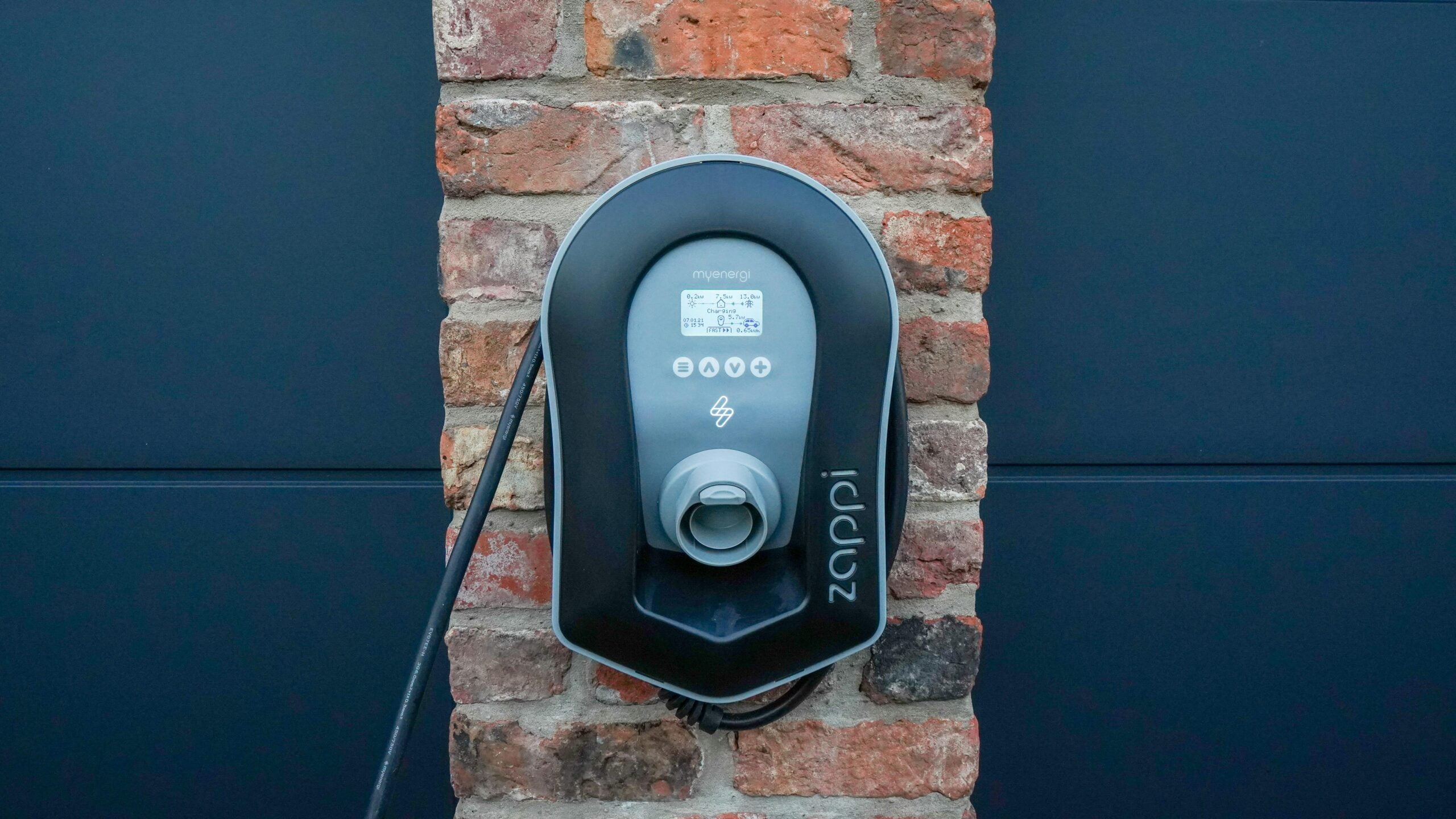Can geothermal heat pumps be used in both residential and commercial buildings?
Sustainable Energy Systems: Solar Power Installations, Wind Turbines, Geothermal Heat Pumps, Biomass Energy Plants, and Tidal Power Stations For Clean and Renewable Electricity Generation
As the world seeks to combat climate change and reduce reliance on fossil fuels, sustainable energy systems have gained tremendous importance. Embracing clean and renewable electricity generation methods like solar power installations, wind turbines, geothermal heat pumps, biomass energy plants, and tidal power stations is no longer an option but a necessity. In this comprehensive guide, we’ll delve into these sustainable energy technologies, their benefits, and how they contribute to a greener future.
1. Solar Power Installations
Harnessing solar energy involves converting sunlight into electricity through photovoltaic (PV) panels.
- Benefits: Renewable, reduces electricity bills, low maintenance, eco-friendly.
- Practical Tips: Optimal panel placement, regular cleaning, investment in quality inverters.
Case Study: Solar Power in California
California has been a trailblazer in solar energy, with over 22 GW of solar capacity installed, enough to power over 6 million homes annually.
2. Wind Turbines
Wind turbines convert kinetic energy from the wind into mechanical power, which is then converted into electricity.
- Benefits: Renewable, cost-effective, scalable, supports rural economies.
- Practical Tips: Ideal locations, routine maintenance, community engagement.
| Country | Installed Capacity (GW) | Homes Powered |
|---|---|---|
| USA | 120 | 29 million |
| China | 230 | 58 million |
First-Hand Experience: Wind Energy in Denmark
In Denmark, wind power meets approximately 50% of the nation’s electricity needs, making it a global leader in wind energy adoption.
3. Geothermal Heat Pumps
Geothermal heat pumps utilize the stable temperatures underneath the earth’s surface to heat and cool buildings.
- Benefits: Sustainable, energy-efficient, low operating costs, reliable.
- Practical Tips: Professional installation, efficient design, proper insulation.
Case Study: Geothermal Implementation in Iceland
Iceland taps into its volcanic activity to generate substantial geothermal energy, heating around 90% of its homes and meeting a large part of its electricity demand.
4. Biomass Energy Plants
Biomass energy plants convert organic materials, such as plant and animal waste, into electricity.
- Benefits: Utilizes waste, carbon neutral, supports local agriculture, contributes to waste management.
- Practical Tips: Sustainable biomass sourcing, technology adoption, emission controls.
5. Tidal Power Stations
Tidal power stations generate electricity by harnessing the energy from tidal movements.
- Benefits: Highly predictable, long lifespan, zero emissions, minimal land usage.
- Practical Tips: Site selection, robust infrastructure, environmental impact assessment.
First-Hand Experience: La Rance Tidal Power Station in France
The La Rance Tidal Power Station, operational since 1966, generates around 600 GWh of electricity annually, powering over 130,000 homes.
Conclusion
Transitioning to sustainable energy systems like solar power installations, wind turbines, geothermal heat pumps, biomass energy plants, and tidal power stations is paramount for a cleaner and greener future. These technologies not only reduce our carbon footprint but also pave the way toward energy independence and sustainability. By leveraging these renewable resources, we can foster a healthier environment and secure a better quality of life for generations to come.
